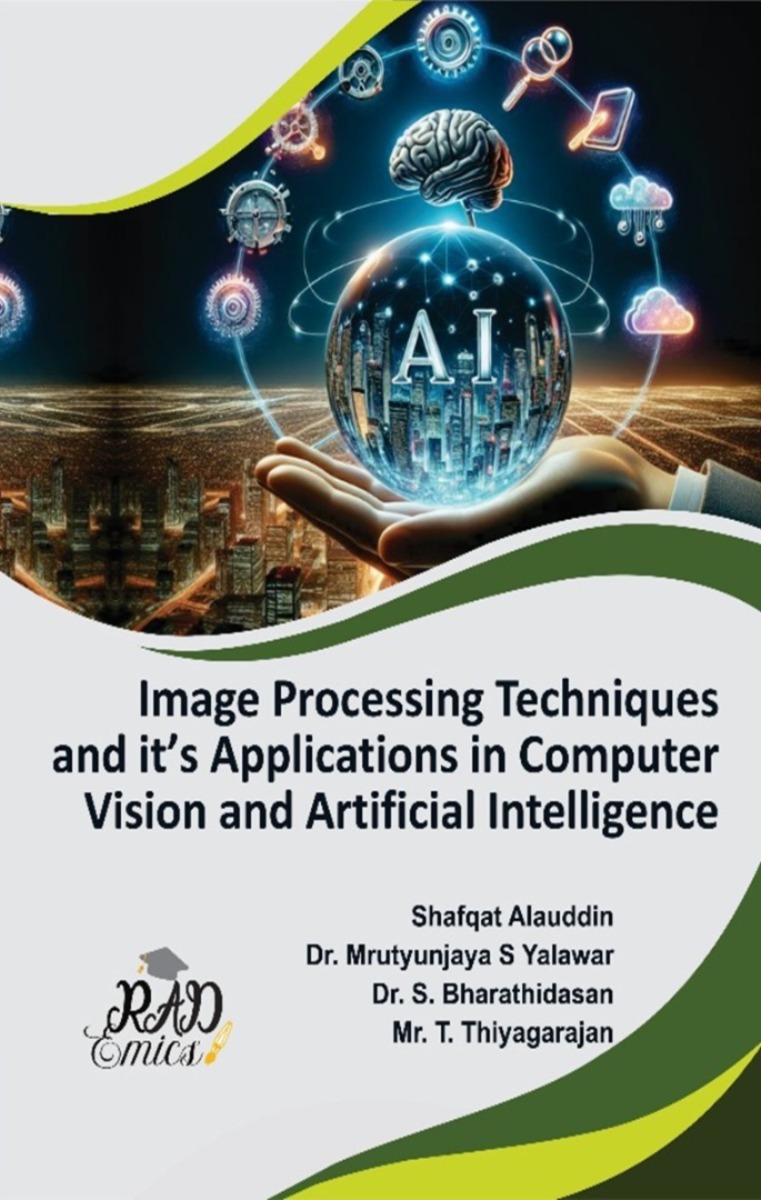
Abstract
The chapter explores the pivotal role of color transformations in digital image processing, emphasizing the conversion between various color models such as RGB, CMYK, HSV, and YCbCr. Understanding these transformations was essential for ensuring accurate color representation across diverse applications, including photography, graphic design, and video processing. The chapter outlines the mathematical principles underlying color model conversion, highlighting the challenges associated with color fidelity and gamut mapping. Furthermore, it discusses the implications of these transformations for image quality enhancement, visual aesthetics, and cross-platform compatibility. With a focus on both theoretical frameworks and practical applications, this chapter serves as a comprehensive resource for practitioners and researchers aiming to optimize color representation in digital imaging workflows. Key advancements and future directions in color model research are also addressed, underscoring the importance of continuous innovation in this dynamic field.
Introduction
Color transformations are a fundamental aspect of digital image processing, serving as a bridge between various color models [1]. These transformations enable images to be represented accurately across different devices and applications [2, 3]. The importance of color transformations arises from the diversity of color models used in various domains, including photography, graphic design, and digital media [4-6]. Each color model has distinct characteristics and serves specific purposes, necessitating effective conversion techniques to maintain color fidelity [7]. In a world where visual information was increasingly prevalent, ensuring accurate color representation was essential for delivering high-quality images that meet user expectations [8].
Color models, such as RGB (Red, Green, Blue), CMYK (Cyan, Magenta, Yellow, Key/Black), and HSV (Hue, Saturation, Value), provide structured frameworks for representing colors numerically [9]. Each model was designed to capture different aspects of color perception and was utilized in various applications based on its inherent advantages [10, 11]. For instance, RGB was primarily used in electronic displays, while CMYK was favored in the printing industry due to its compatibility with physical color reproduction [12, 13]. Understanding these models' unique features and limitations was crucial for practitioners in the field of digital imaging, as it allows them to select appropriate color representations based on specific needs and contexts [14, 15].